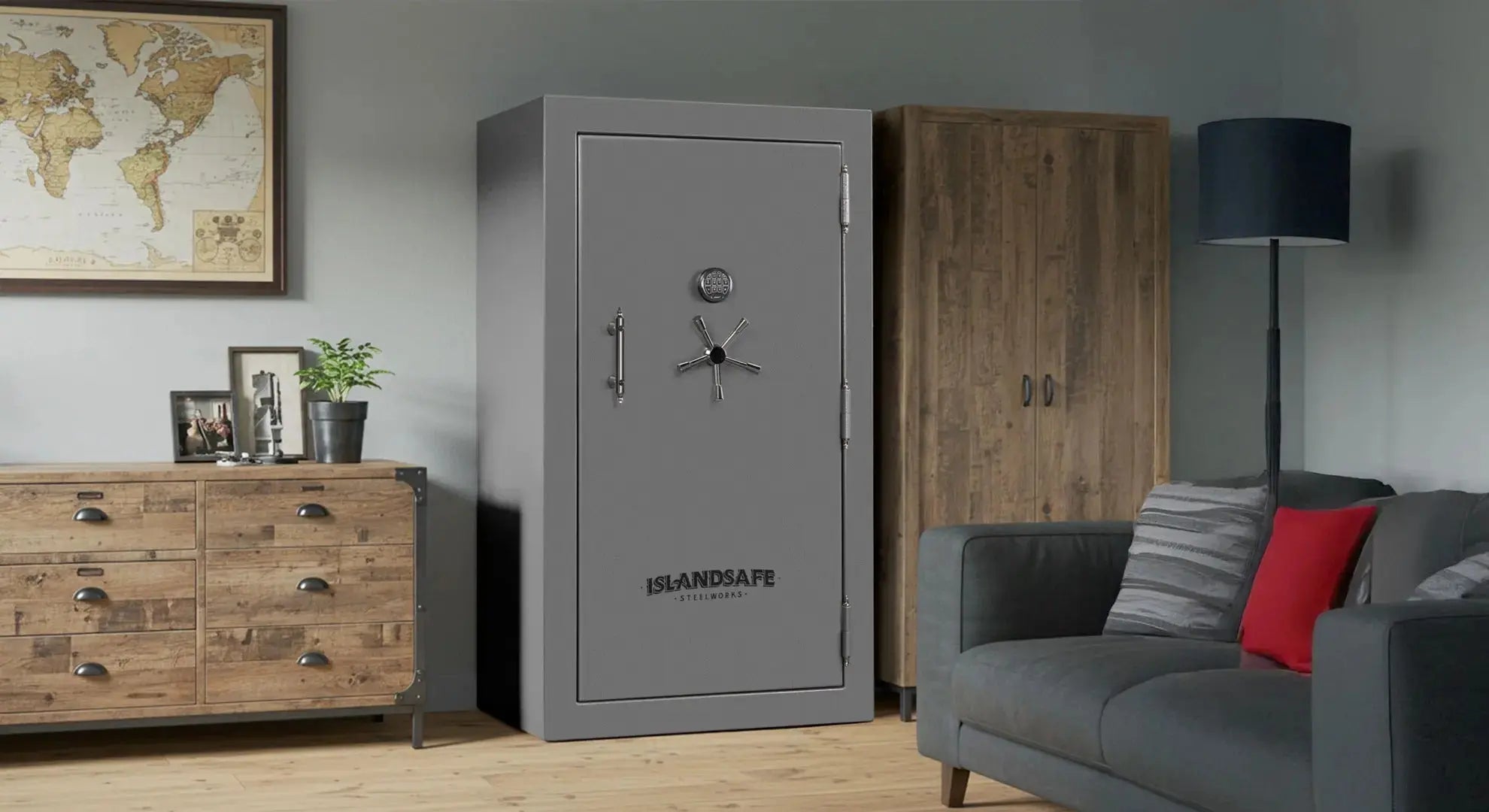
The 5 Most Common Safe Installation Mistakes (and How to Avoid Them)
A secure safe is only as strong as its installation. Even the most advanced smart safe or biometric safe won’t protect your valuables if it’s improperly set up. Whether you’re installing a home safe, a commercial safe, or a fire protection safe, avoiding common mistakes can mean the difference between extra security and unnecessary vulnerability.
Here are the top five safe installation mistakes and how to avoid them:
1. Not Bolting the Safe Down
Mistake: Many people assume the weight of the safe is enough to keep it secure. In reality, even large safes can be tipped, pried, or carted away if they’re not bolted to the floor or wall.
Solution: Always follow bolt-down tips provided by the manufacturer. Use high-strength anchors designed for the surface — concrete anchors for garage floors, heavy-duty screws for wood studs.
2. Choosing the Wrong Location
Mistake: Installing a safe in an obvious or easily accessible spot, like the master bedroom closet, makes it a thief’s first target.
Solution: Opt for a location that balances accessibility for you with low visibility for outsiders. Consider recessed wall placement or behind heavy furniture. Keep in mind that smart safes and digital keypad models still need adequate space for doors to open fully.
3. Ignoring Fire and Water Risks
Mistake: Many installations focus only on theft protection, forgetting disasters like fire or flooding.
Solution: If storing business records, cash reserves, or important documents, choose a fire-rated safe from ISLANDSAFE. Place it on an elevated platform or upstairs to reduce flood risk.
4. Skipping Professional Help for Heavy Safes
Mistake: Trying to install a large, heavy safe without proper equipment or experience can damage floors, walls, and the safe itself — not to mention cause injury.
Solution: Hire a professional installer, especially for safes over 200 lbs or those with a triple-layer security system. They’ll ensure the safe is leveled, anchored, and accessible without compromising structural integrity.
5. Not Testing the Locking System After Installation
Mistake: Installing the safe but failing to check digital keypad codes, biometric fingerprint recognition, or override key function before use.
Solution: Test all access methods — smart safe app integration (if available), biometric safe scans, and manual override key — immediately after installation. This ensures everything is functioning correctly and avoids lockouts in emergencies.
Safe Spotlight: Forge & Alinea Models for Every Need
When choosing the right safe, proper installation is only half the equation — the model you choose matters just as much. Two excellent options from ISLANDSAFE meet very different needs:
Forge Advanced Fireproof Gun Safe
-
11-gauge steel construction for heavy-duty protection
-
Holds up to 26 firearms
-
90-minute fire protection at 1250°F
-
Pin-code access with emergency backup keys
-
4-way locking bolts with 2-inch reinforced bolts
-
High-gloss finish with anti-scratch coating
-
Triple-layer security system with wrong-code lockout feature
Ideal for gun owners and businesses needing maximum fire protection and extra security.
Guardian – The Ultimate in Luxury Security
-
Elegant white exterior with premium leather side finish and automotive-grade glossy paint for a refined, high-end look.
-
Fully customizable locking panel with biometric fingerprint recognition, touchscreen keypad, or traditional manual key access to suit your security style.
-
High-strength steel construction with precision craftsmanship for unmatched durability and extra security.
-
Interior features 8 watch winders, 3 drawers, a hidden compartment, and built-in LED lighting for organized, illuminated storage.
-
Backed by a lifetime warranty and designed for upscale homes where presentation is as important as protection.
Perfect for home safes where aesthetics matter as much as security.







